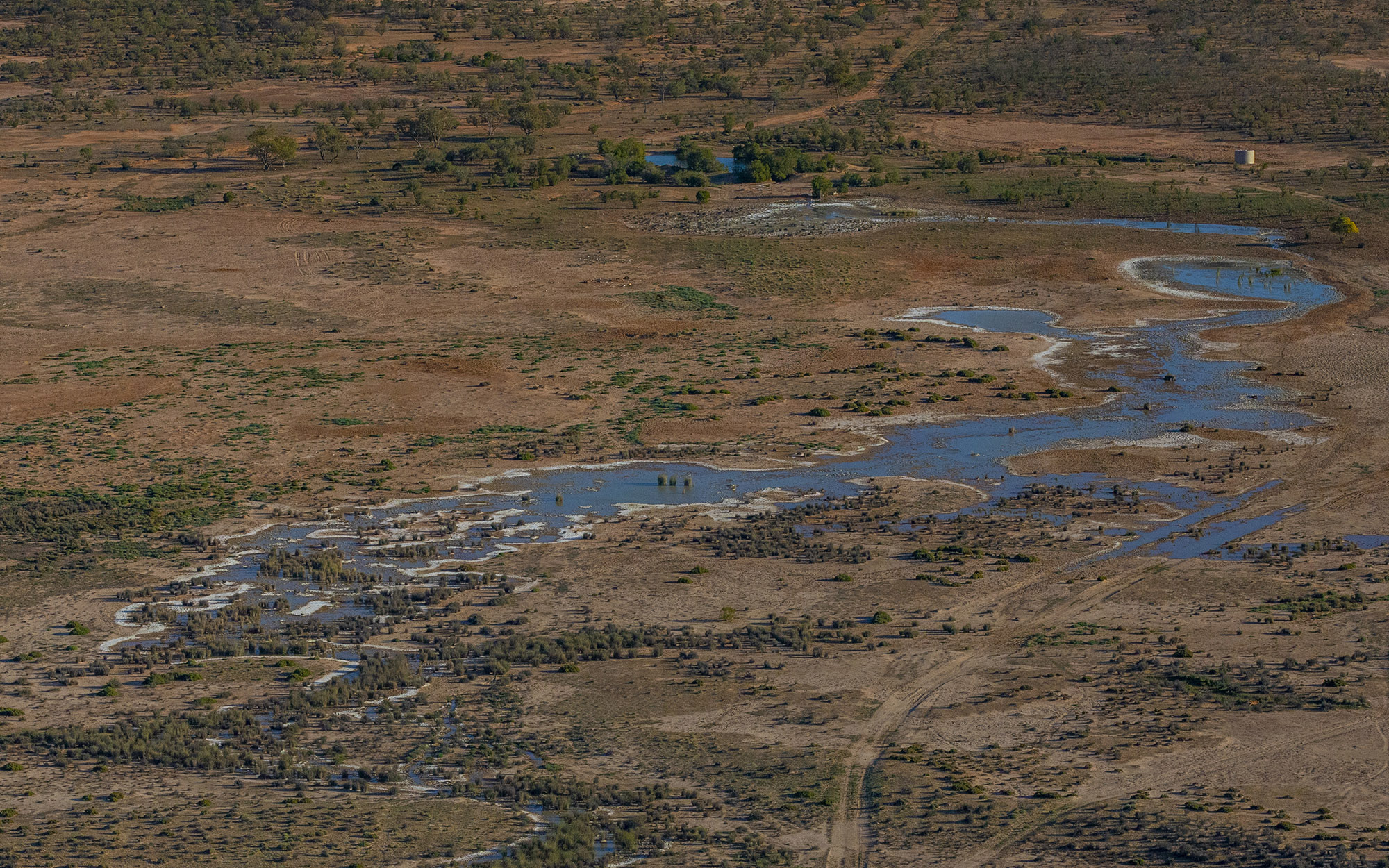Planning process
Water sharing plans are a statutory obligation under the Water Management Act 2000. The first plan was developed in 2004, and since then 80 plans have been developed for rivers and groundwater systems. Currently, there are 56 plans in force.
Water sharing plans are developed by the Minister for Water, with concurrence from the Minister for the Environment. The plans have effect for 10 years and are audited every 5 years by the department to ensure the provisions of the plan are still appropriate. Upon review, plans are extended or replaced. A plan is extended when no changes are required. A plan is replaced when changes are required.
Manual
When a plan is required to be replaced, the development of the replacement plan follows processes as described in the Replacement Water Sharing Plan Manual.
Download the manual (PDF. 2.2MB)Some processes used to develop replacement plans remain the same as those followed in 2010 when the original plans were developed. The following documents guided the department in developing plans, and the department continues to refer to the principles and steps in these documents now when developing or revising water sharing rules for the Minister’s consideration:
- Macro water sharing plants - the approach for groundwater - A report to assist community consultation
- Macro water sharing plans - the approach for unregulated rivers - A report to assist community consultation
- Macro water sharing plans - the approach for unregulated rivers - Access and trading rules for pools
In addition to extension or replacement of a plan, a plan may also be amended in a limited number of circumstances, within its 10 year term.
Protocol
The following document outlines the protocols which are followed in undertaking plan amendments, including the application of principles for water sharing in s 5(3) of the Act.
Download the protocol (PDF. 111KB)Water sharing plans articulate the rules by which water is distributed to various users.
Water sharing rules
Water sharing plans were developed for a range of widely differing rivers and aquifers. Some of the issues considered in forming water sharing rules include:
- instream values, such as threatened fish that are likely to be affected by flow extraction
- hydrologic stress – the amount of water extracted relative to river flow
- extraction value – the economic value of using the extracted water
- economic dependency of the local community on water extraction
- sensitivity of estuaries to the removal of fresh water
- NSW Government policy.
Indicative access rules were firstly developed by balancing the instream values with the economic dependence of local communities on extraction. The greater the risk to instream values the stronger the environmental flow rules. The higher the economic dependency the less stringent the access rule. Where economic dependency and instream values are both high, more intensive management is proposed.
In the water sharing plan the stress from all upstream extraction is compared with the instream values to determine a set of preliminary water trading rules. Trading is not allowed into water sources that have high instream value. Trading is also limited in stressed water sources so as not to increase pressure on the river.
To help customers implement the provisions of a water sharing plan, a series of rule sheets have been developed.
Water sharing plans are prepared as Minister’s plans under Section 50 of the Act. The first water sharing plans were developed in 2004
Water sharing plans for groundwater specify:
- water sources covered by the plan
- environmental water provisions
- requirements for water for basic landholder rights
- requirements for water for extraction under access licences
- limits to the availability of water – specified as long-term average annual extraction limits (see 3.5) and groundwater storage extraction limits
- limits to the availability of water – available water determinations
- rules for granting access licences
- rules for managing access licences
- rules for water supply work approvals
- access licence dealing rules
- mandatory conditions on access licences and water supply work approvals
- rules on how the plan may be amended.
Evaluating water sharing plans
Two water sharing plan evaluation reports were completed in 2017 covering major regulated rivers and groundwater sources within the NSW portion of the Murray–Darling Basin. The major regulated rivers report covers the period 2004 – 2015 and the major groundwater sources report covers the period 2006 – 2016.
Since these reports were written, considerable effort has been applied to the development of replacement water sharing plans and associated water resource plans made under the Basin Plan 2012. Many of the findings and recommendations contained within these historical evaluation reports have been addressed during this process.
